
Published
1 week agoon
IT’S ONE OF THE most famous legends in science: Isaac Newton sitting beneath an apple tree contemplating the mystery of the universe when an apple falls on his head. Instantly he understands that the same force that pulls the apple toward his cranium also keeps the planets orbiting the sun — gravity.
While Newton’s breakthrough was actually “occasioned by the fall of an apple” — to the ground — what’s important is that he’d been mulling what kept the planets in place as he wandered through an orchard. Good ideas typically do not arrive as you sit at your desk or in the weekly staff meeting.
While the actual mechanism that sparks creative thoughts remains something of a mystery, the path to a eureka moment follows a pattern most of us can recognize — saturation, incubation and illumination. It starts with a problem you dwell on, often followed by being stumped or frustrated, and then when you finally shift focus as you go for a walk — inspiration strikes. Or sometimes it doesn’t.
How would you rate your creativity as a manager/owner of a sign business?
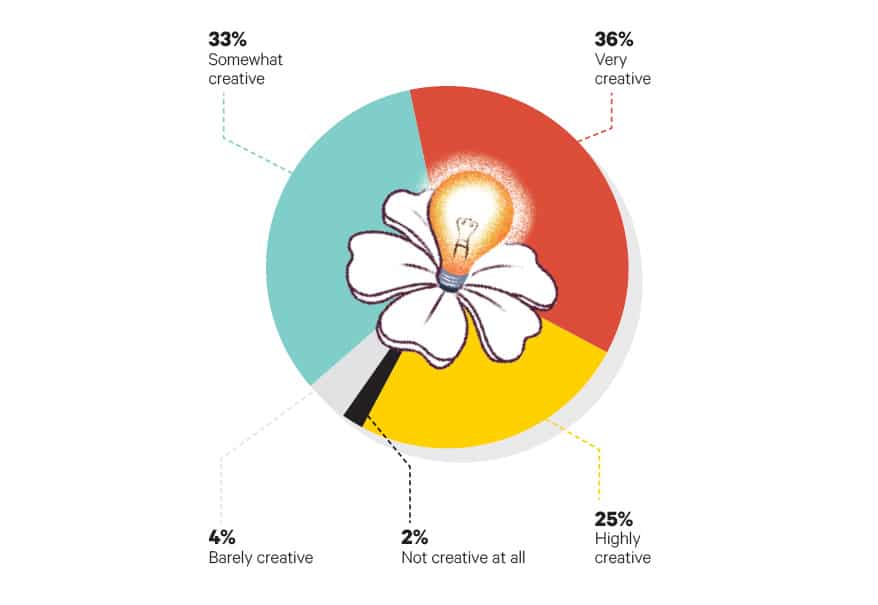
In their book Tomorrowmind, psychologists Gabriella Rosen Kellerman and Martin Seligman describe four types of creativity at work:
- Integration, or showing that two things that appear different are the same.
- Splitting, or seeing how things that look the same are actually different or more usefully divided into parts.
- Figure-ground reversal, or seeing that what is crucial is not in the foreground but in the background.
- Distal thinking, which involves imagining things that are very different from the here and now.
What all these acts of creativity involve is seeing something in a way that it hadn’t been before. This is important, not just because it suggests the solution to your problem might be at hand but that everyone can be creative with the right mindset.
It starts with the understanding that every idea is a combination of others. “There are no new ideas, just taking bits and pieces of signs that you like and making them your own,” says Paul Havenaar, Sign Impressions, Kalamazoo, MI. The implications are many. The people, books, movies, environments, etc. you expose yourself to are important. (Social media can actually inhibit our ability to come up with new thinking, with its relentless packaged content delivered to trigger you on a shallow emotional level.) Second, everyone on your staff has ideas to contribute. As a business owner or manager, you need to find a way to harness this often latent potential. The good news is it often doesn’t require much more than time, space and the right nudge.
Jeremy Utley, an adjunct professor at Stanford’s d.school and co-author of Ideaflow: Why Creative Businesses Win, calls the ideas you come up with “the only metric that matters.” It’s based on an appreciation that as more and more jobs are automated, either innovate or fall behind.
If the idea of creativity is daunting, keep in mind that bad ideas are often the seeds of great ones. While there’s still magic in the process, it’s possible to be more systematic and intentional about how you extract good ideas, to create the conditions that make creativity a more predictable occurrence. In the following pages, we share 16 ideas on how to come up with more creative ideas from experts in the field and your fellow sign pros.
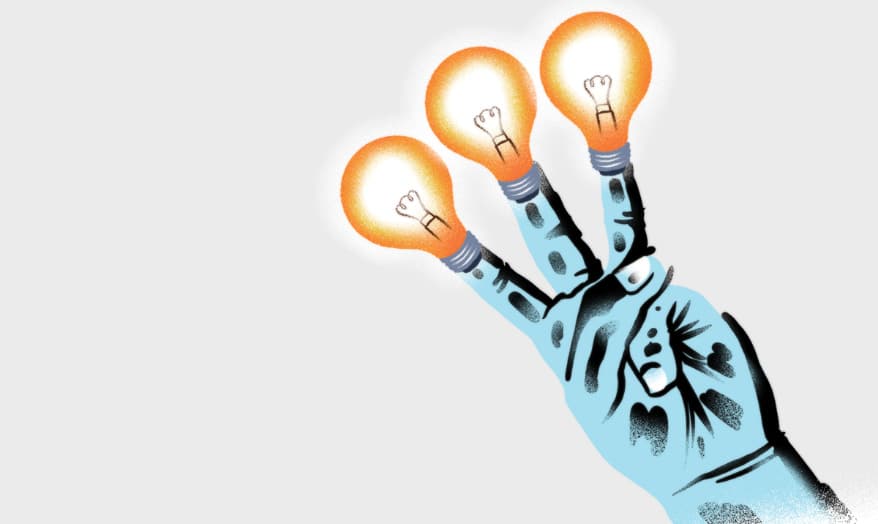
QUANTITY, NOT QUALITY, AT FIRST
Creativity is one of the few areas in business where quantity trumps quality — at least initially: 1) Your first idea is rarely the best; 2) There is no one right answer so explore all options; and 3) Bad ideas are often the seed of good ideas. Some ideas that sound entirely feasible fall flat in the real world. Others that appear wildly impractical, even silly, work wonderfully with a few tweaks. “In most cases, you can’t really judge the merit of an idea until you’ve tested it in the real world,” Utley and his co-author, Perry Klebahn, write in Ideaflow. “At the start, you just need lots and lots of ideas. When it comes to creativity, quantity drives quality.” The authors recommend a daily quota whereby you articulate a problem you’re facing, then challenge your team to come up with 10 or 20 solutions.
INVOLVE EVERYONE…
A common belief states creative people are rare, naturally gifted creatures, but everyone in your company should be invited to contribute ideas. What is creativity but seeing a problem with fresh eyes? “I incentivize my staff to create new products and learn a new production skill,” says Marco Milliotti, Image360 South Orlando, Orlando, FL. “There are some possibilities that we can do in house with our push machines we just don’t know how to.”

… BUT FAVOR EXPERIENCE
Caveat: While being open to new ideas from anyone in your company, some caution is required. Novice viewpoints have their place but the best ideas come from the connections forged when different fields of expertise collide. Three or four people with insight into a problem are often enough to reap the benefits of brainstorming.
ASK “WHAT IF?”
Much of the success of a creative exercise will come down to how the challenge is initially framed. “Stop thinking of what’s possible and start saying ‘what if?’ The challenge for many in-house sign designers and creatives in general is coming up with ideas that don’t immediately seem possible with your current equipment or knowledge,” says Russell Toynes, Studio Dzo, Austin, TX, adding, “This tends to stifle creativity.”
CONSIDER ADAPTATIONS
Most creative breakthroughs arise through analogy, when you look beyond your usual boundaries to find inspiration. “Sometimes a great looking sign style and techniques you used for a bar/restaurant pylon sign may just be the style you can use for a bowling alley (with obvious modifications),” says Bobby Lynett, PA Signs, Scranton, PA.
KEEP BRAINSTORMING FUN
When we’re in a carefree state, a key part of the brain becomes more sensitive to unusual thoughts and strange hunches. Conversely, a bad mood amplifies analytical thought. Keep brainstorming meetings fun and relaxed. “Alter the company’s culture with humor and fun metrics, making the business better while giving everyone a voice and visibility,” says Matt Robinson, Eastern Sign Tech, Burlington, NJ.
Advertisement
BE A DAYDREAM BELIEVER
The philosopher and mathematician René Descartes famously loved to lounge in bed and think. One such morning, so the story goes, while watching a fly flitting around on the ceiling, he came up with the concept of graphing using X and Y coordinates. In short, it’s good to take your foot off the pedal regularly. Schedule at least one hour a week to brainstorm or strategize around an issue at work. “Quarterly retreats allow me to rest and reset,” says Jim Brewer, Tennessee Sign Co., Murfreesboro, TN.
BRAINSTORM BETTER
Get everyone together and watch the ideas fly, right? In practice the results are often mediocre, as certain individuals dominate the discourse and the rest of the team quickly falls in line with the first or second idea. According to numerous studies, a better approach is to assign your people to come up with ideas on their own first, with a reminder that there are “no dumb ideas” and “dare to be obvious, not creative.” Then meet and go over the suggestions in a group. Not only will you get more ideas but they will be better ideas. “Our team routinely holds brainstorming sessions with our graphic designers on projects that allow for a bit more creativity,” says Nick Prentice, Blue River Digital, Columbia City, IN. “We have very talented illustrators and can quickly draft our ideas in a collaborative atmosphere.”
“I like to brainstorm with my clients and get a very good sense of what they want to achieve,” says Ian McLellan, Hill House Graphics, Bristol, RI. “I throw ideas out that are vague enough to allow me the greatest amount of creativity while still allowing the client to feel that they had a significant part in the creative aspect of the project when they get the final proposal.”
When or where do you get your best ideas?

ALLOW THE PROCESS TIME TO WORK
When it comes to creative thinking, the deeper part of our brain — the subconscious — works like a supercomputer. Yet to bring the subconscious into action usually requires taking a break from worrying about your problem to move it to the back burner. You can’t rush creativity. Breakthroughs also depend on being stumped and feeling frustrated. Make the path to them too smooth, and you get lower-quality breakthroughs. In Creativity Rules: Get Ideas Out of Your Head and Into the World, Stanford business professor Tina Selig urges you to bask in your problem for a while. If you go straight to the solution, you will likely end up thinking too narrowly; whereas if you ruminate while your problem marinates, you can often come up with a creative answer.
LEAVE THE OFFICE
Most business owners don’t get their best ideas in their usual setting (i.e., at your desk). For some, one’s office can be a place that reliably unlocks new thoughts, but most people do better when their senses are triggered by new settings. “Usually, I find ideas in other products or industries that are not directly related to the sign industry,” says Tim Ward, Sign Solutions, Frederick, MD. “I go window shopping, not for items but for creative ideas,” says Earl Walker, Image360 Tucker, Tucker, GA. “Electronics stores, hospitals and museums have the most energetic displays and concepts.”
Advertisement
TAKE A HIKE
Walking seems a particularly powerful way of stimulating such original thought. “A walk in the woods, preferably including a hike up a mountain” helps Jake Zani, Rule Signs & Graphics, Randolph, VT, unlock his creativity. “The bigger the creative need, the tougher the walk,” he adds. For those with less proximity to nature, “Get away from the office and computer screen and connect to nature and art in various forms,” says Greg Abbott, Abbott Image Solutions, Wilmington, OH.
EXPERIENCE NEW THINGS
According to cognitive scientist Scott Barry Kaufman, “openness to experience” is the number one thing to cultivate for both personally meaningful creativity and world-changing creativity. “What that means is constantly challenging yourself beyond your comfort zone, constantly questioning assumptions, being intellectually curious and appreciating beauty,” he writes in his book Transcend: The New Science of Self-Actualization. “Openness to experience” sounds fancy but it basically just means trying new stuff — in every sphere: “Any exposure to things that take you out of your normal way of viewing the world really increases cognitive flexibility, and is a core part of creativity,” he says. Meeting people from different fields can greatly boost cognitive diversity as well.
SET CONSTRAINTS
In the public imagination, creativity is often portrayed as something unrestrained and wild — that great ideas will burst forth once the reins are eased. But a counter-argument states that creativity thrives on constraint. In his book The Art of Impossible, Steven Kotler says, “Sometimes the blank page is too blank to be useful. Constraints drive creativity — that’s why one of my cardinal rules in work is always know your starts and your endings. If I have these twin cornerstones in place, whatever goes in between is simply about connecting the dots.”
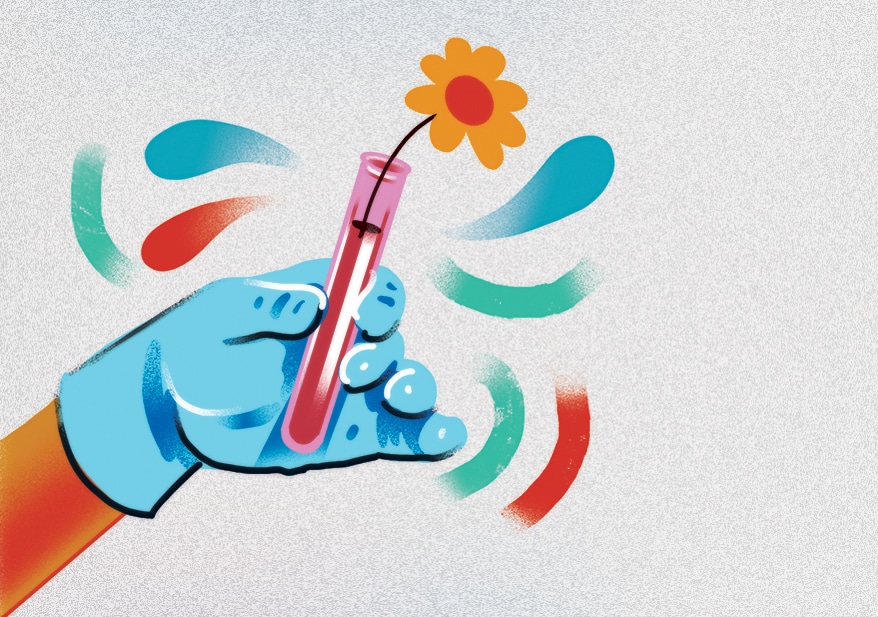
TEST YOUR HYPOTHESES
Invocations to be creative, to be bold and unorthodox are fine. But what’s not often addressed is the specter of risk. Failure is costly, possibly embarrassing and even if not implemented, a creative initiative can be a significant distraction. As such, any attempt to promote new ideas in a business setting also needs an efficient way to test them or to yield data that will support further exploration or tweaking. Think rapid, scrappy tests straight out of high school science class. Hypothesis to results in an hour and then off to lunch. “Surveys are useless,” Utley and Klebahn write. “Judge desire by people’s actions, not their words.”
MAKE IT A HABIT
The late comedian George Carlin credited much of his success to a boss he had when he was 18 who told him to “write down every idea I get even if I can’t use it at the time… A lot of creativity is discovery. A lot of things are lying around waiting to be discovered, and our job is to just notice them and bring them to life,” he said of his lifelong “capture habit.” As always it helps to be prepared. Keep a notebook handy and by your bed stand for ideas that keep you awake.

CREATIVITY IN NEGOTIATING
Sometimes agreements go wrong. Hey, we’re only human. When it happens, creativity can lead to a solution either no one had thought of, or at least to which everyone agrees. Bobby Jordan of Fastsigns White Marsh-Joppa, Joppa, MD once led a negotiation between multiple parties on a failed project. “The client didn’t have their walls prepped properly. The vinyl was too aggressive for the wall application,” he says. “My installation was less than desirable. However, it was not all my fault.” Jordan proposed that everyone involved split accountability and redo the project. The owners repainted the wall at their cost. The designer reprinted the wall mural and Jordan hired a professionally certified installer. “I am just glad it all didn’t fall on me,” he says. “I would say my documentation of the project is what saved me from brunting the entire cost.”
Send your ideas for building creativity to editor@signsofthetimes.com.
Signs of the Times has been the world leader in sign information since 1906. Contact Signs of the Times' editors at editor@signsofthetimes.com.

SPONSORED VIDEO
Who’s Steering Signs of the Times?
We dive into the history of the sign industry’s oldest trade journal, highlighting some interesting facts about how it all started to where it’s headed. Did you know that Signs of the Times is nearly 120 years old?
You may like

Orbus Visual Communications Announces New Display Products

Transforming a Retail Space Into the Ultimate Experience

Signs of the Times’ Website Adds New Associations Page
Subscribe

Bulletins
Get the most important news and business ideas from Signs of the Times magazine's news bulletin.
Most Popular
-
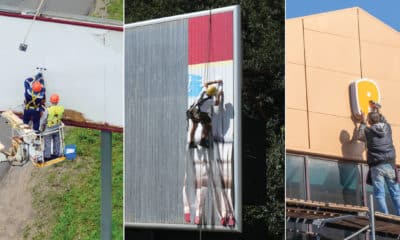
 Fabrication + Installation1 week ago
Fabrication + Installation1 week agoThe Pros, Cons and Factors of Sign Subcontracting
-

 Maggie Harlow2 weeks ago
Maggie Harlow2 weeks ago5 Hacks for New and Experienced Sign Managers
-
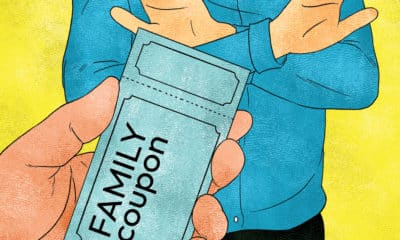
 Real Deal2 days ago
Real Deal2 days agoA Sign Company Owner Confronts Excessive Family Freebies
-

 Product Buying + Technology1 week ago
Product Buying + Technology1 week agoMultiple, Expanding Applications for LED Lighting in Signs
-

 News2 weeks ago
News2 weeks agoAmerican Sign Museum Expansion Opens July 13
-

 News2 weeks ago
News2 weeks agoSteel Art Co. Appoints New CEO
-

 Tip Sheet1 day ago
Tip Sheet1 day agoDigital Devices and Social Media Success Lead June’s Sign Tips
-

 Editor's Note5 days ago
Editor's Note5 days agoThe Power to Create













